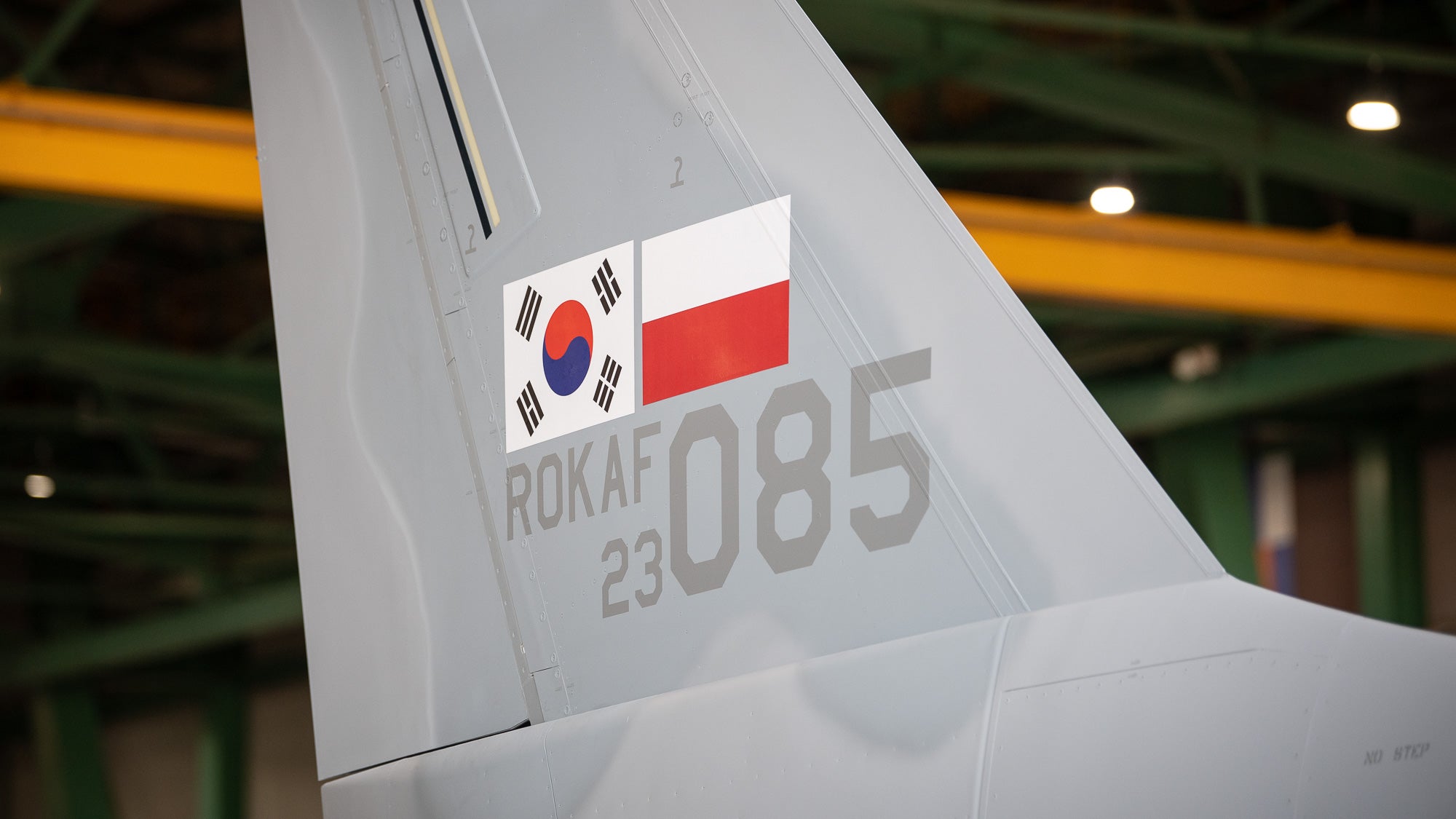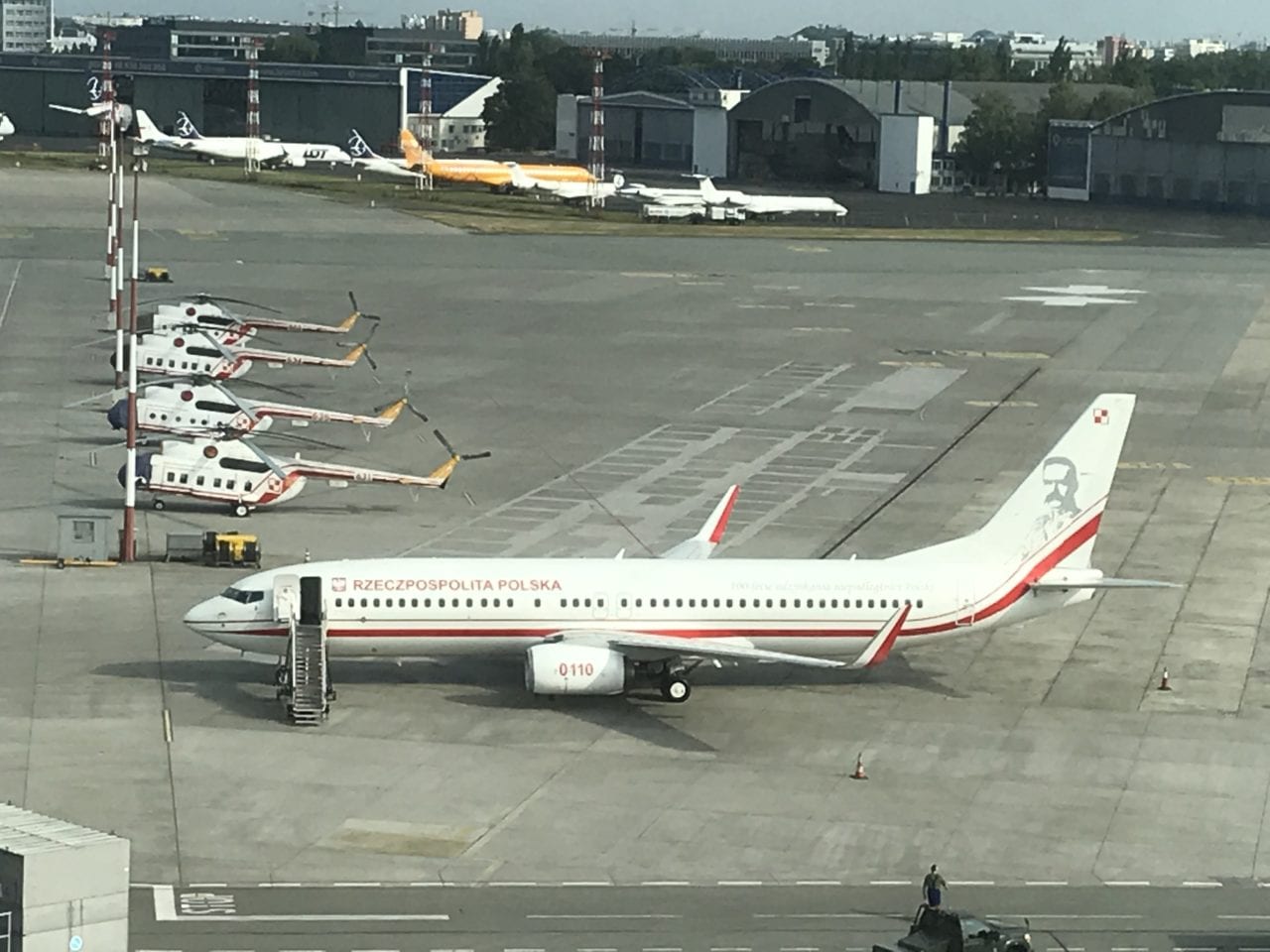Aircraft Polish - Lepszy wróbel w garści niż gołąb na dachu (Better a sparrow in the hand than a pigeon on the roof) - Polish proverb
They beat us over the head with a generous spoonful of the achievements of British and American aviation. Those looking for a bit more specialized history can easily leave the high street and find plenty of shady street vendors to satisfy the more discerning tastes of those looking to indulge in French, Soviet or even Swedish themes. But even in today's rich and expansive world of air writing, absolutely compelling stories from other countries are rarely found outside of their native language. As an independent nation, Poland is younger than the plane itself and had its formative years in bloody wars with Ukraine and the Soviet Union before the German invasion and Soviet domination. The unique story of the aviation industry and its beautiful, monstrous flying machines is ripe for telling. What happened?
Aircraft Polish

Popular thinking about Poland's contribution to aviation history centers on the valiant service of fighter pilots in the Battle of Britain and the pre-war notion that Polish aircraft were hopelessly obsolete, propagated by German and Soviet propaganda. Due to the continued efforts of Goebbels and Stalin's propaganda machine, most of the achievements of the Polish aviation industry from this period remain largely forgotten. As we shall see, several Polish designers were heavily involved in the creation of the very famous British aircraft.
Pzl P.11c. Polish Fighter Aircraft 'inspirations' By Adam Gudynowski
Before delving into the wonderful and often overlooked history of airplanes, let's first look at why the Polish aviation industry was the way it was. First, it is worth noting that Poland was the only country in Europe that matched German advances in airframe design in the pre-war period. Germany was forced to take this path due to the limitations of the Treaty of Versailles, but Poland was a poor country that had just risen in 1918 from 123 years of slavery under Prussia, Austria-Hungary and Russian occupation.
) – Polish low-cost attack aircraft concept developed by PZL Warszawa-Okecie in the late 1980s and early 1990s
Second, it must be remembered that this newly independent nation had only 19 years to develop indigenous technology before the outbreak of World War II. Thirdly, the birth of a new Poland created enormous patriotic confidence among the Poles, and aviation became one of the areas in which they felt they could excel.
Honorable mention for the PZL I-22 Iryda, a controversial and ultimately doomed trainer designed to replace the Iskra
Polish Air Force Tu 154 Crash Cvr Transcript
The name RWD comes from the initials of three talented young engineers, Rogalski, Wigura and ewiecki, who founded their own company and designed increasingly successful aircraft. In the early 1930s, the sport aircraft competition it won was the Challenge International des Avions de Tourisme, a series of aircraft tests aimed at accelerating the development of aircraft technology for trans-European travel.
The complex provisions filled a thick volume, some of which made very difficult compromises. The wings were easy to store when folded, and good short takeoff and landing performance was desirable.
The competition involved high-speed races around Europe that required a high cruising speed. An upset victory in 1932 shook the pundits' expectations. The challenge was won by a Polish RWD-6 aircraft flown by Żwirko and Wigura.

At home, the defeated German contingent looked on bitterly as the Polish crew members were awarded at a ceremony at Berlin-Stacken airfield. Unfortunately, a few weeks later the winning crew perished in bad weather over Czechoslovakia. As Poland won the challenge, it was to host the next tournament in 1934, this time the new Germany (under Hitler) tried to win the challenge again. With government support, Messerschmitt's Robert Lusser set about designing an aircraft capable of defeating anything Poland could bring (in fact, other countries were no longer considered viable competitors). This was to become the Messerschmitt Bf-108 Taifun. In the first iteration, the huge flaps and small ailerons near the wingtips made it extremely difficult to fly.
Top 10 Polish Aircraft
The Polish Army is working on an improved version of the RWD-6, designated "RWD-9". Design work on the aircraft began 15 months before the challenge, and the first prototype flew seven months after work began. At the same time, Stanislaw Nowkuński designed a new Polish radial engine. The new plane was revolutionary because the combine seemed controversial. This means that the ratio of top speed to stall speed is 5 or more and a very high cruising speed with a very low stall speed is required. This required a very sophisticated wing with slats, flaps, flaperons and spoilers capable of providing a very high lift coefficient of 3.5. The alloy engine produces nearly 300 horsepower despite weighing just 148 kg.
The Polish team took 1st and 2nd place despite only having a month to practice typography before the challenge! Not only did they demonstrate absolutely devastating STOL performance, but their RWD-9 aircraft endured the killer 9,500km races across Europe without a single problem. What impressed the most educated observers was the remarkable fact that the maximum speed of the Polish monoplane (152 knots) was more than five times its stall speed (29 knots). The takeoff pitch was only 54 meters (180 ft). Experienced pilots such as Captain Jerzy Bajan (Challenge winner) were able to make the most of these outstanding flying characteristics, aided by an efficient landing gear design that allowed for energetic landings in very short time.
The Hush-Kit Book of Warplanes features some of the best clippings on the site, with exclusive new articles, explosive photos and stunning custom illustrations. Pre-order The Hush-Kit Book of Warplane here.
The RWD-6 was essentially a prototype and only eight were built. Some of them have had very eventful lives. Two were sold to Spain and used as liaisons in the civil war. One crashed into the Baltic Sea on a Polish ocean liner carrying a famous general to see his wife returning from America. One was purchased from a French aeronautical laboratory and was irreparably damaged when an ignorant mechanic used acid to clean the engine (many parts are made of a light electron that dissolves in acid). The genius engine designer Nowkuński died in a climbing accident in the Tatra Mountains. Not a single RWD-9 survived the war.
The Polish Air Force Takes Delivery Of Its First Gulfstream G550 Vip Aircraft
The PZL P-11 gull-wing fighter is famous for its brave but ill-fated use in 1939 by pilots defending Poland after it was badly hit by the mighty Messerschmitt Bf 109, the best fighter in the world at the time. The P.24 was one of a long line of gull-wing aircraft that descended from the P-1 designed by Zygmunt Puławski. This all-metal monoplane took off in 1929 and was a vision of the future at a time when most European countries were firmly entrenched in the biplane era. The P-1's unique "curved" wings give the pilot a forward view better than the Hispano inline engine cowling. Unfortunately, the government decided that Poland would produce aero engines for military use under licence, and this would be a rather bulky air-cooled radial engine designed by Roy Fedden of Bristol. This questionable switch to radial engines prevented the advanced inline P-1 from developing beyond two prototypes. Rebuilt with P-6 radial engine, then P-8 inline engine. The first was developed as the P-7, which first flew in 1930 and entered full service in 1933.
Designer Puławski died during a test flight of an amphibian he had designed, and the design team was taken over by Wsiewołod Jakimiuk (who later gave the world the DHC Chipmunk). The P-7 was developed from the now obsolete P-11 to protect Polish skies from Nazi attack. However, there is another aircraft of the same DNA that the Polish Air Force has never used.
Poland wanted to export the aircraft, but the licensing agreement with Bristol prevented the Warsaw-made engines from being sold abroad. The solution came from Gnome-Rhône France. If Polish industry chooses to purchase engines for future export-specification aircraft, it will supply sample engines. Simply put, the P.24 was born, each armed with two Swiss 20-mm Oerlikon guns. The plane was given to several countries, and when fired from a Turkish range, one of the Oerlikons mounted under the wing misfired and exploded. The wing spars were intact and Bolesław Orlinski was able to land the aircraft safely.

The PZL P.24 has become one of the most successful export products of Polish aviation. It was sold in Bulgaria and Greece (each version reflects the needs of the customer) and was sold with a production license in Romania and Turkey. During the war, Bulgarian fighters were assigned to combat schools (a factory designed by Polish engineers planned to produce new models under license, but the war intervened). A Romanian P-24 aircraft fought against the Soviets. the Turks
Wings In Distress
Aircraft polish wax, aircraft canopy polish, polish aircraft register, aircraft windshield polish, nuvite aircraft polish, polish aircraft, aircraft metal polish, aircraft aluminum polish, best aircraft polish, polish aircraft ww2, starbrite aircraft polish, polish military aircraft
0 Comments